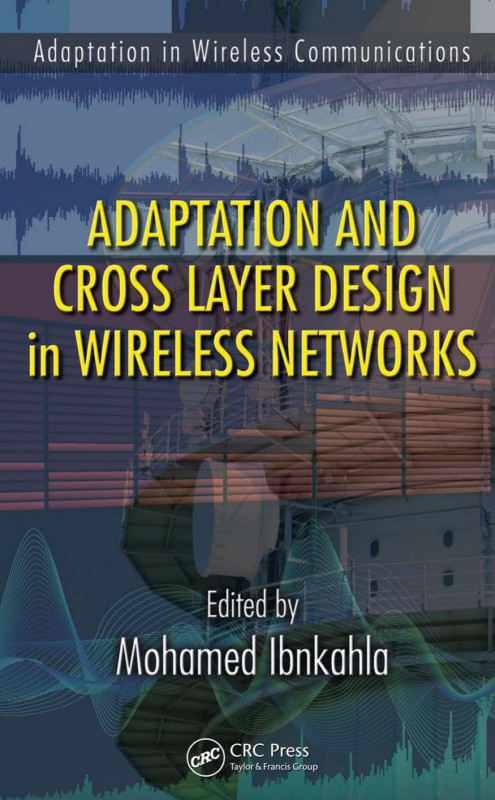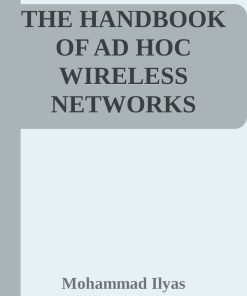Adaptation and Cross Layer Design in Wireless Networks 1st edition by Mohamed Ibnkahla ISBN 1420046039 978-1420046038
Original price was: $50.00.$25.00Current price is: $25.00.
Authors:Mohamed Ibnkahla , Series:Electrical Engineering [16] , Tags:Technology & Engineering; Electrical , Author sort:Ibnkahla, Mohamed , Ids:9781420046106 , Languages:Languages:eng , Published:Published:Oct 2018 , Publisher:CRC Press , Comments:Comments:Adaptive techniques play a key role in modern wireless communication systems. The concept of adaptation is emphasized in the Adaptation in Wireless Communications Series through a unified framework across all layers of the wireless protocol stack ranging from the physical layer to the application layer, and from cellular systems to next-generation wireless networks. Adaptation and Cross Layer Design in Wireless Networks is devoted to adaptation in the data link layer, network layer, and application layer. The book presents state-of-the-art adaptation techniques and methodologies, including cross-layer adaptation, joint signal processing, coding and networking, selfishness in mobile ad hoc networks, cooperative and opportunistic protocols, adaptation techniques for multimedia support, self –organizing routing, and tunable security services. It presents several new theoretical paradigms and analytical findings which are supported with various simulation and experimental results. Adaptation in wireless communications is needed in order to achieve high capacity and ubiquitous communications. The current trend in wireless communication systems is to make adaptation dependent upon the state of the relevant parameters in all layers of the system. Focusing on simplified cross layer design approaches, this volume describes advanced techniques such as adaptive resource management, adaptive modulation and coding, 4G communications, QoS, diversity combining, and energy and mobility aware MAC protocols. The first volume in the series, Adaptive Signal Processing in Wireless Communications (cat no.46012) covers adaptive signal processing at the physical layer.













